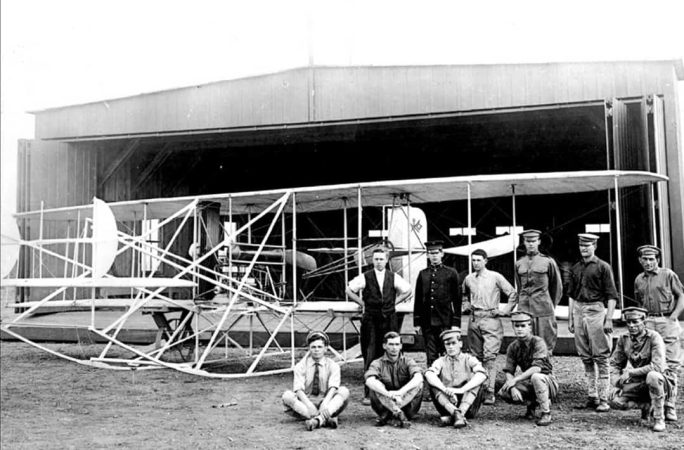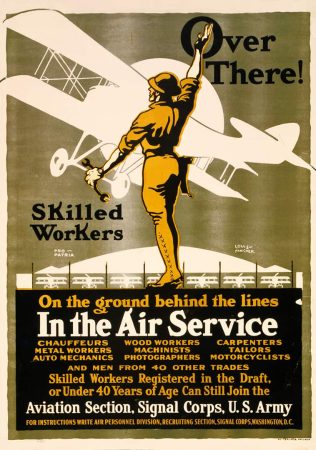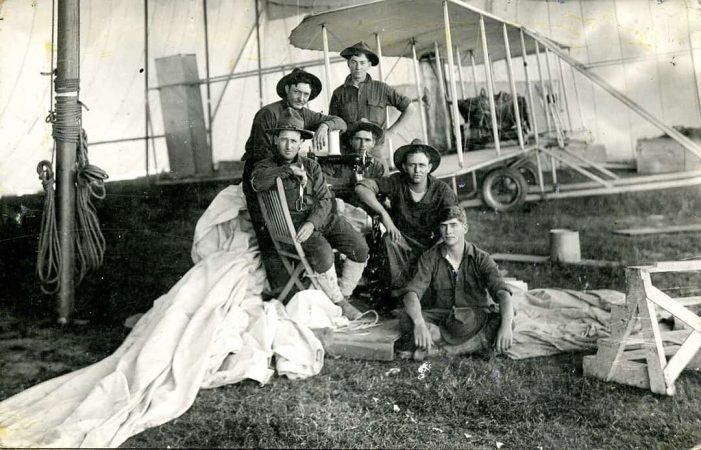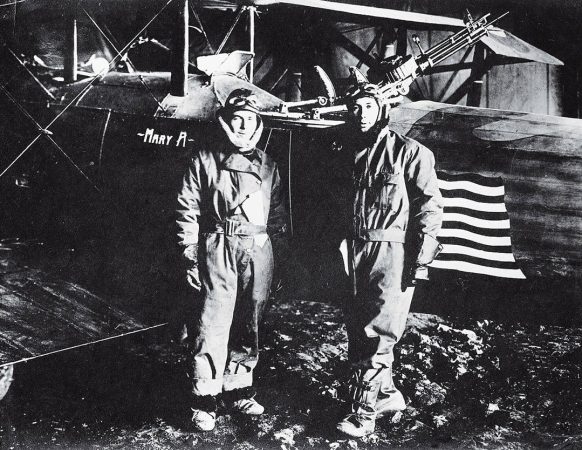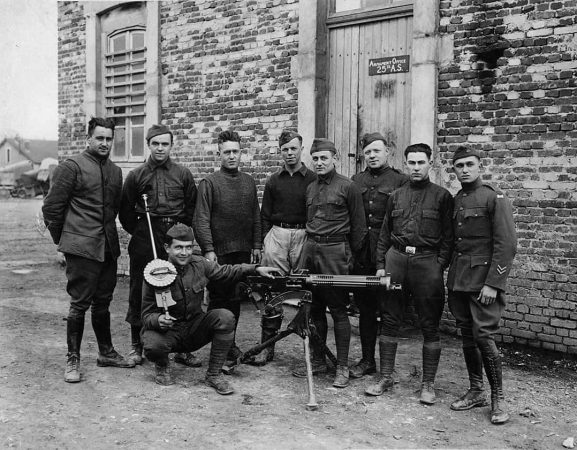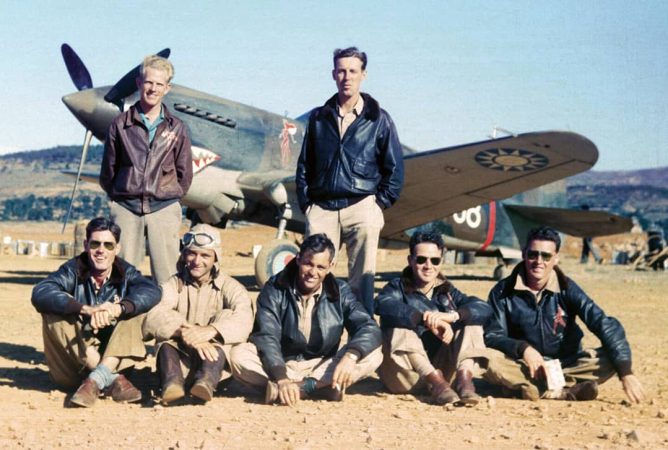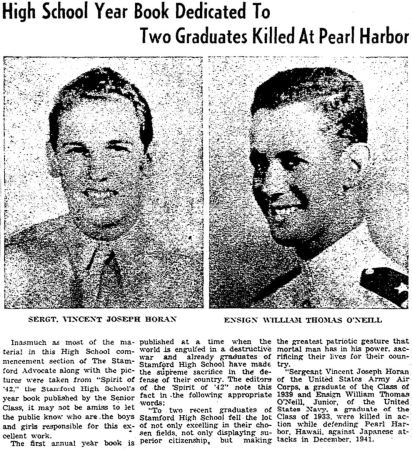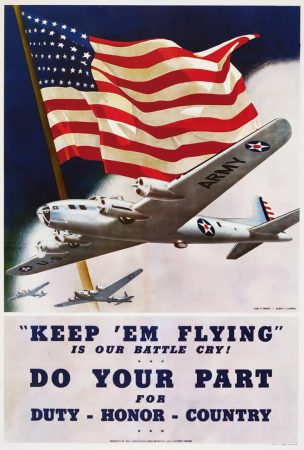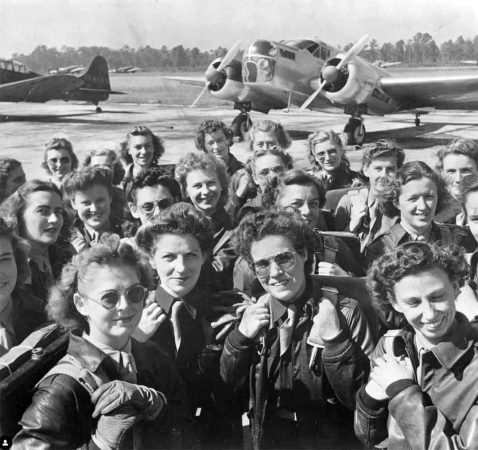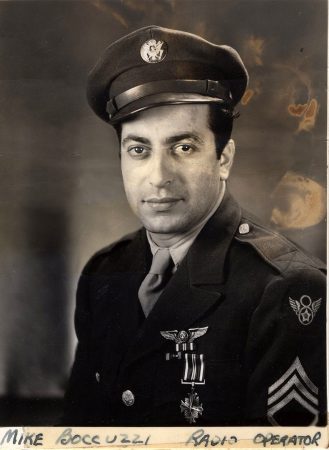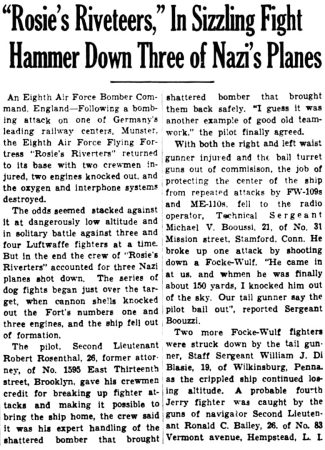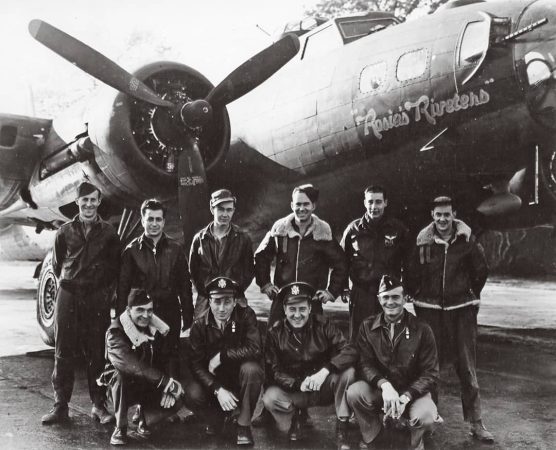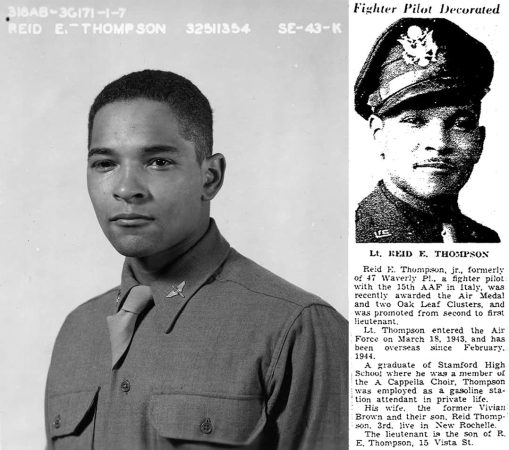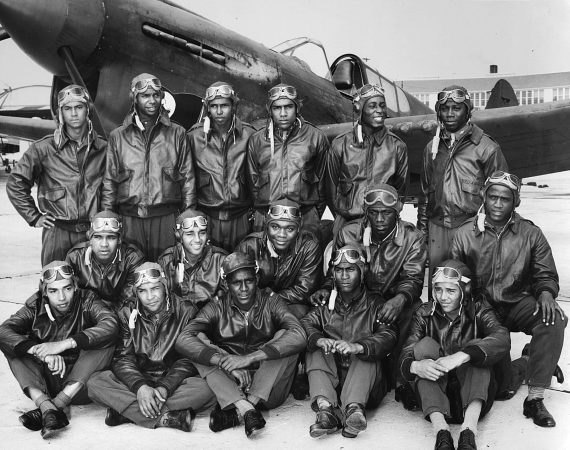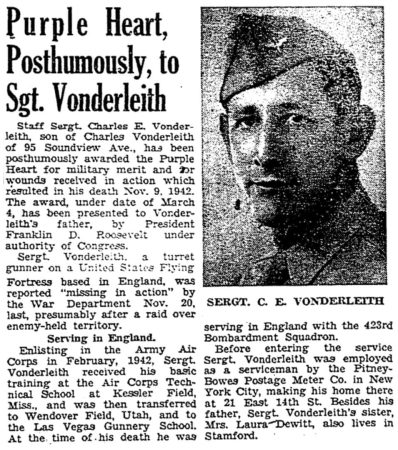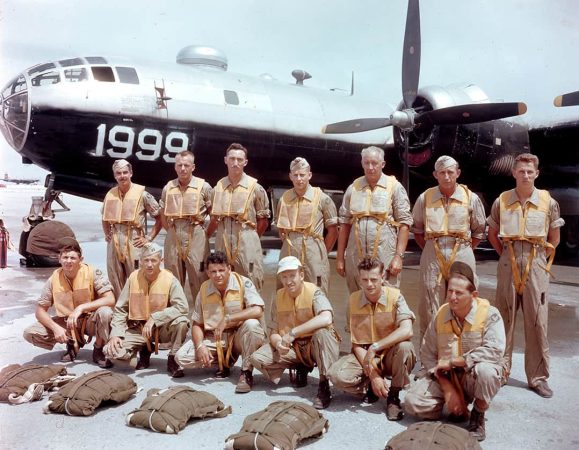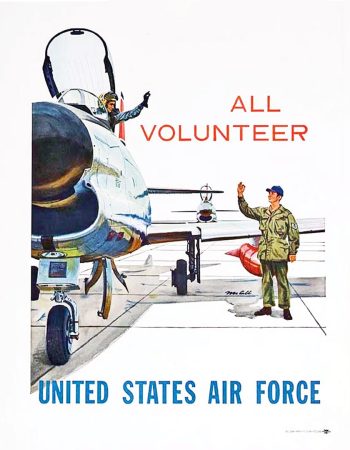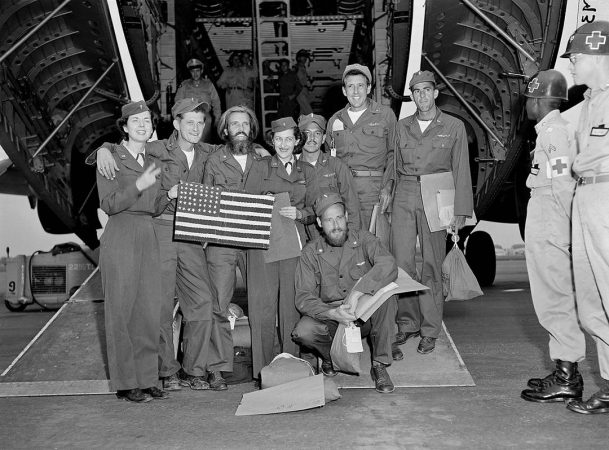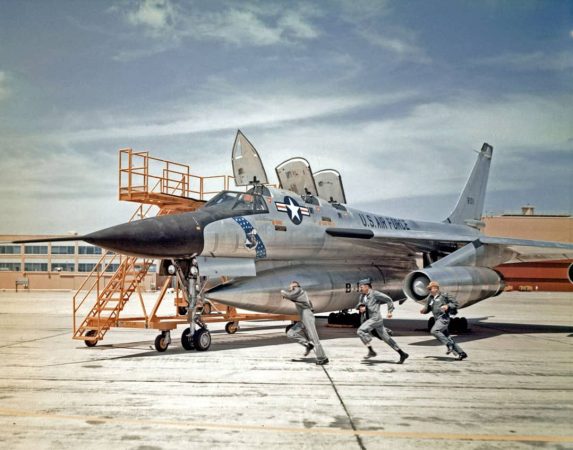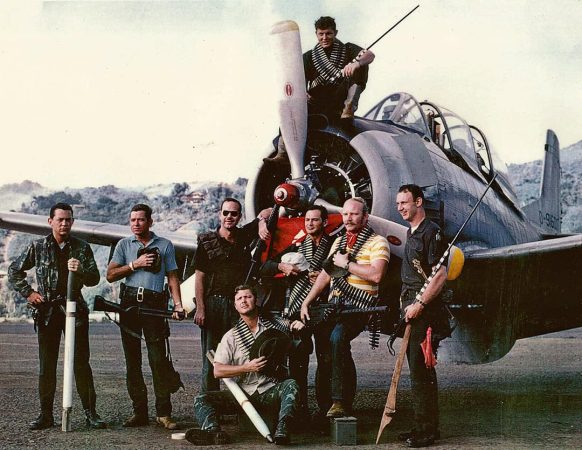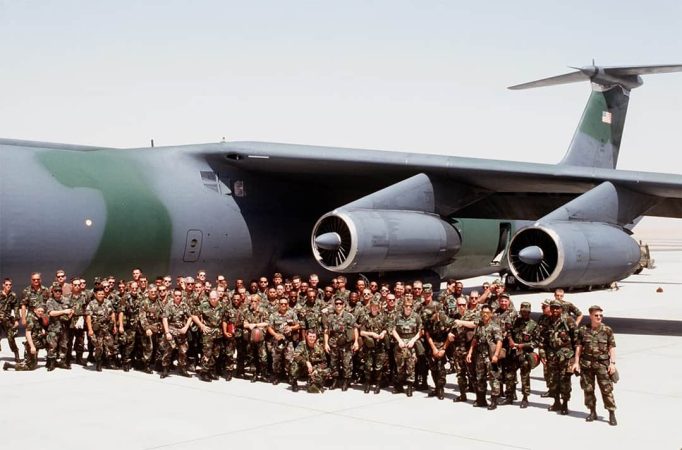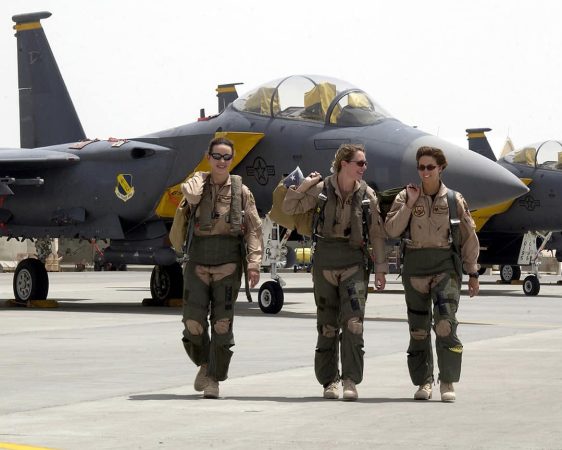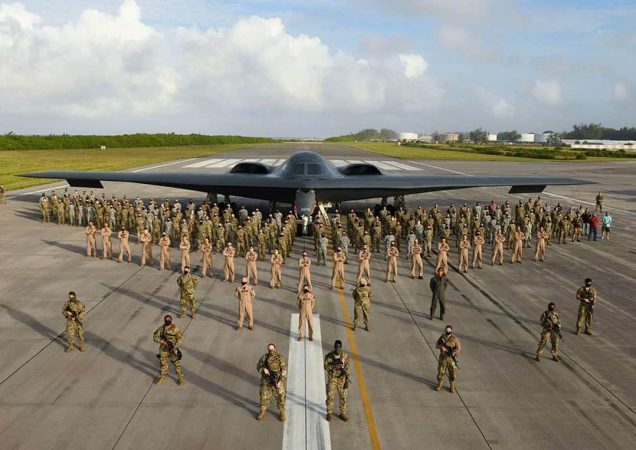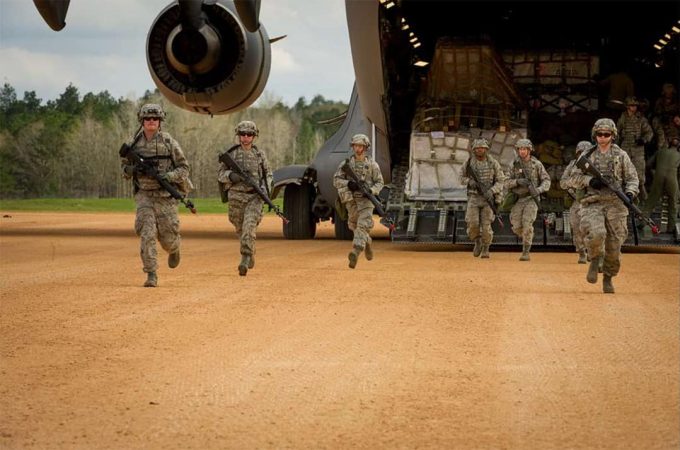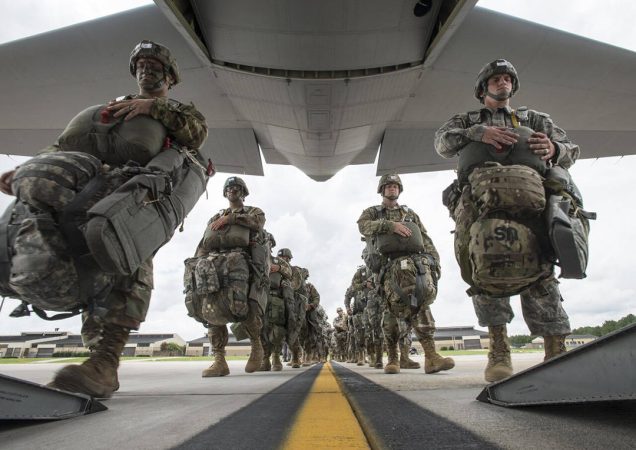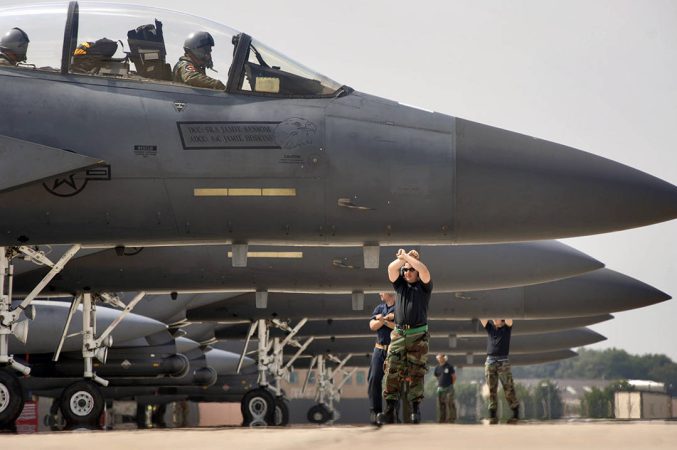

United States Air Force
Aim High… Fly-Fight-Win
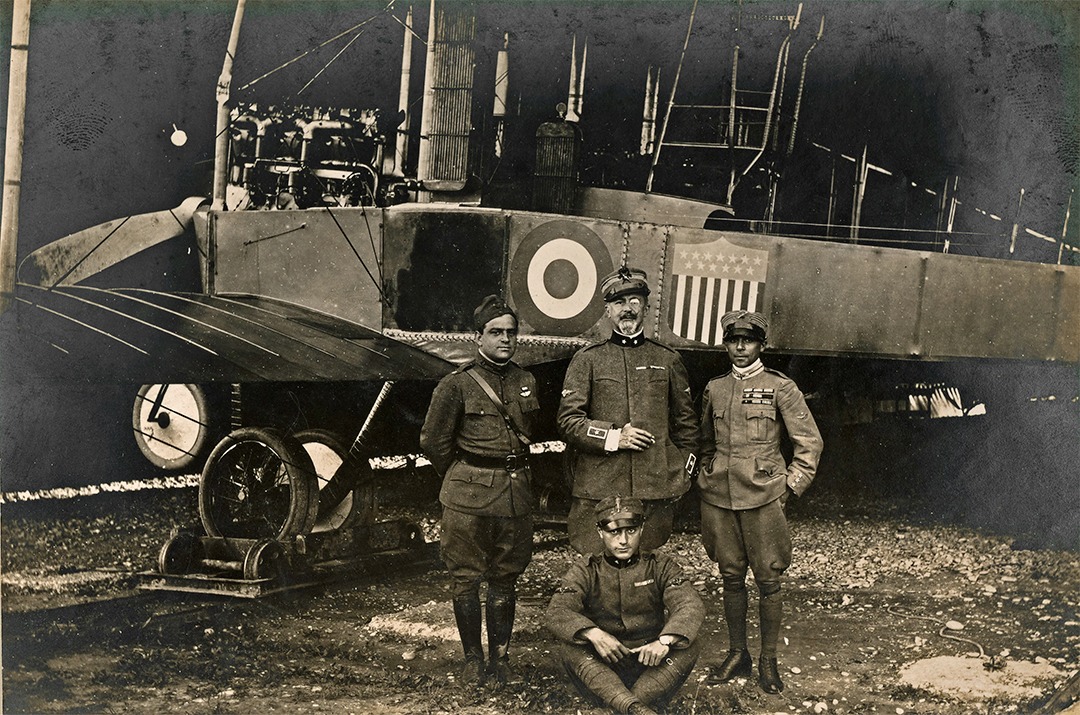
Although airplanes were used in combat to facilitate reconnaissance as early as 1911, fixed-wing aircraft were not used in ground attacks until World War I. This altered warfare tactics immeasurably and led to the establishment of the statutory ancestor of the United States Air Force.
The Aviation Section, Signal Corps (ASSC) – a division of the United States Army – represented the tactical air strength of the United States between 1914 and 1918. The increased possibility of US entry into World War I resulted in the appropriation of almost $14.4 million dollars in 1916 to purchase airfields and to support military aeronautics. Over the course of the war, Congress recognized the importance of aerial combat and began appropriating additional funds for the support and expansion of the ASSC. The National Defense Act and others increased personnel through enlistment and the establishment of trained reserves.
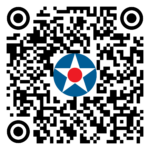
Scan to view this page on your mobile device
By November 11, 1918 (Armistice Day), the ASSC had become the Air Service, United States Army and was comprised of two agencies – the Bureau of Aircraft Production and the Division of Military Aeronautics – under the jurisdiction of the Secretary of War. The Air Service was demobilized after the armistice on November 11, 1918.
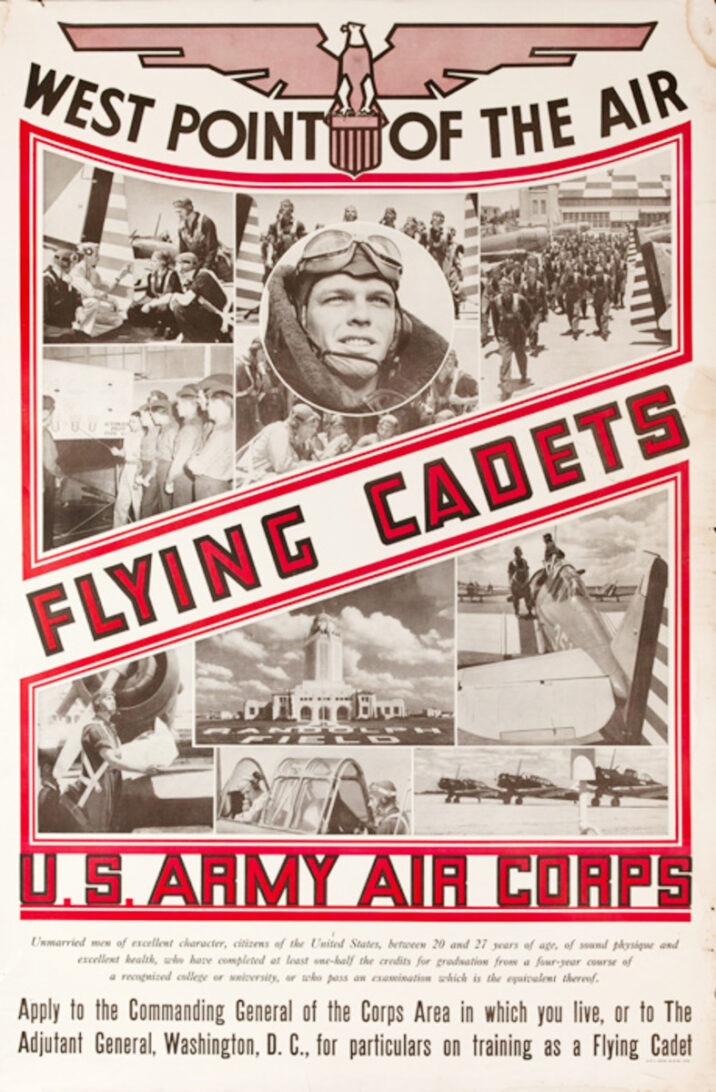
Between World Wars
In 1920, the Army Reorganization Act made the Air Service a combatant arm of the Army. This required formal training and resulted in the creation of technical, tactical and flight training schools. Aside from a name change (the Air Service became the Air Corps), little else changed over the next 15 years; it was not until World War II that reorganization and expansion altered the Air Corps.
GALLERY.
Evolution to Today
Over the course of the Second World War, several alterations created not only the numbered air forces, but also a hierarchy for noncombat activities including training for ground crews, technicians, pilot and aircrews; aircraft responsible for transport to the British and other Allies; and specific departments in charge of supply, maintenance, procurement and development. The increased independence and organizational hierarchy of the Air Corps resulted in its recognition as one of the three main divisions of the U.S. Army and became known as the Army Air Forces.
On July 26, 1947, the Army Air Forces was recognized as an independent military branch and renamed the United States Air Force (USAF) under the National Security Act of 1947.
HONORING VETERANS OF STAMFORD
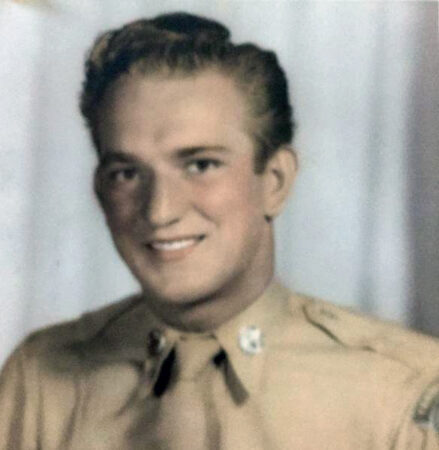
Staff Sargent Alfons Bankowski
Staff Sargent Alfons Bankowski was in the 314th Air Division and stationed at Osan Airbase during the Vietnam War. On March 23, 1961, he and seven other crew boarded an aircraft to conduct aerial reconnaissance of the Plain of Jars in central Laos and monitor Pathet Lao and Soviet activity in the area. Anti-aircraft guns downed the plane, killing all on board.
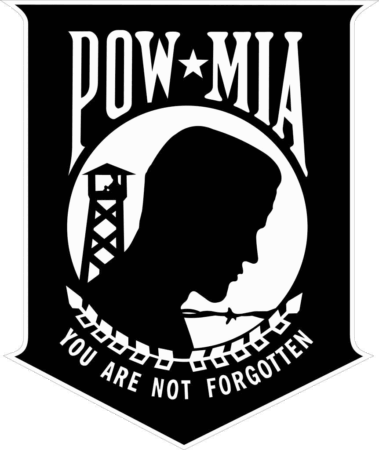 Buried in an unknown location, all seven service men were reported missing in action. Staff Sergeant Bankowski is considered the third American casualty in Vietnam. His body was recovered, repatriated, and positively identified in 2005, almost 45 years after his plane crashed.
Buried in an unknown location, all seven service men were reported missing in action. Staff Sergeant Bankowski is considered the third American casualty in Vietnam. His body was recovered, repatriated, and positively identified in 2005, almost 45 years after his plane crashed.
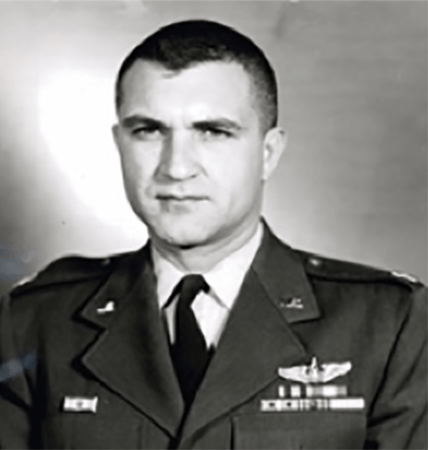
Colonel Stuart Andrews
Colonel Stuart Andrews served in the 21st Tactical Air Support Squadron during both the Korean and Vietnam Wars. On March 4, 1966, Andrews and another serviceman volunteered to fly a reconnaissance mission to look for an enemy encampment in a Cessna “Bird Dog” light observation aircraft. When the plane failed to arrive back at the Qui Nhon Airfield, a search and rescue mission was launched.
 After six days, the aircraft was still not found, and the two servicemen declared missing in action until 1977 when they were officially presumed dead. In September 2006, remnants of the plane were found and the remains of its two crew members positively identified 40 years after the plane crashed.
After six days, the aircraft was still not found, and the two servicemen declared missing in action until 1977 when they were officially presumed dead. In September 2006, remnants of the plane were found and the remains of its two crew members positively identified 40 years after the plane crashed.
WANT TO RECOGNIZE A STAMFORD VETERAN?
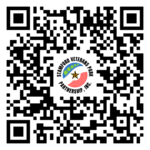 The Stamford Veterans Park Partnership is seeking more information on Stamford veterans. If you have a loved one whose service you’d like to recognize, please contact us by scanning the QR code here.
The Stamford Veterans Park Partnership is seeking more information on Stamford veterans. If you have a loved one whose service you’d like to recognize, please contact us by scanning the QR code here.
